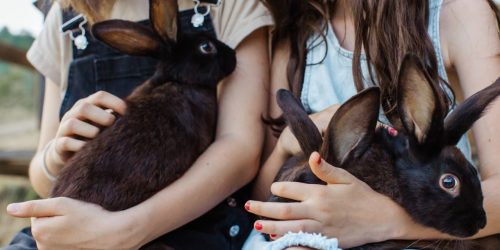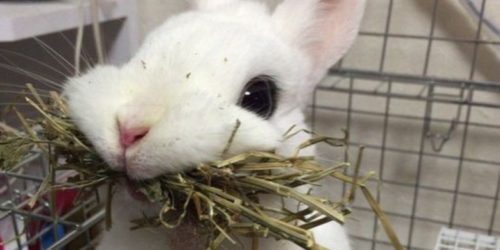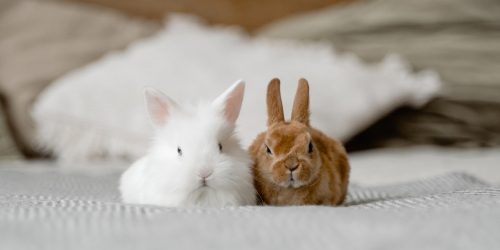A Cozy Retreat: Designing the Perfect Cage for Your Rabbit
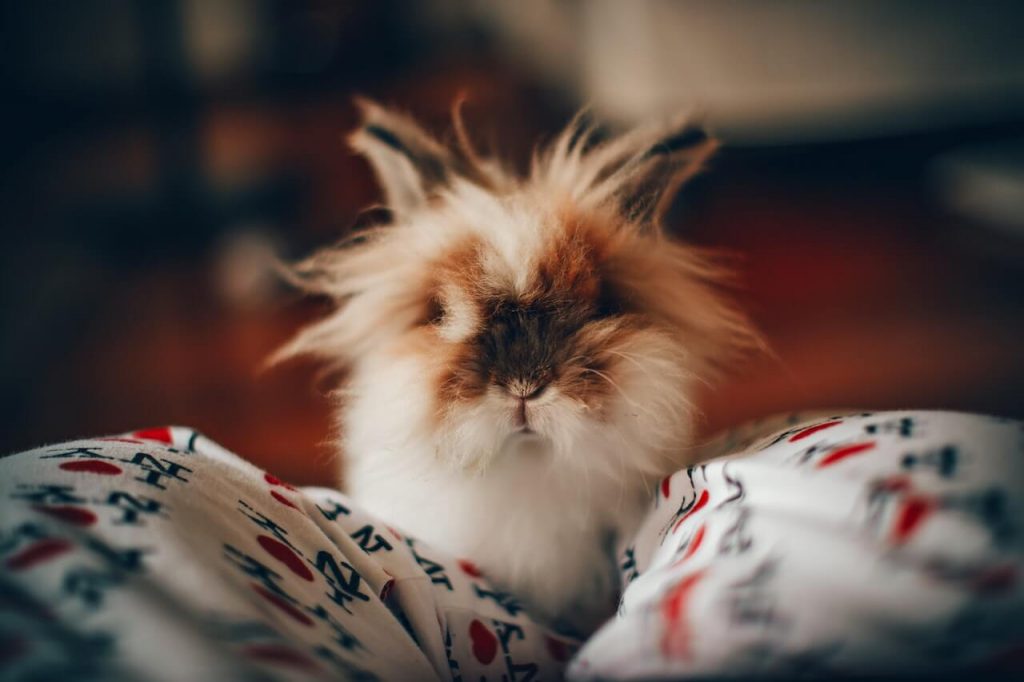
Welcome to our comprehensive guide on designing the perfect cage for your rabbit. In this article, we will delve into the art of creating a comfortable and secure living space for your furry friend. Rabbits are social and curious animals that deserve a safe and stimulating environment to call their own. Providing them with a well-designed cage not only ensures their physical health but also promotes their mental well-being.
Creating the perfect cage for your rabbit requires careful consideration of their needs and preferences. It’s important to provide ample space for them to move around, stretch their legs, and engage in natural behaviors. A spacious cage allows your rabbit to hop, explore, and express their vibrant personality. Experts recommend a minimum of four to six square feet of living space per rabbit, but providing more space is always beneficial.
Understanding the Needs of Your Rabbit
The Importance of a Properly Sized Cage: Meeting Your Rabbit’s Space Requirements
When designing the perfect cage for your rabbit, size matters. Providing ample space is essential for their physical and mental well-being. A cage that is too small can lead to health issues and behavioral problems. Experts recommend a minimum of four to six square feet of living space per rabbit, but the more space you can provide, the better. This allows your rabbit to hop, stretch, and engage in natural behaviors. A spacious cage ensures that your rabbit has room to explore and express their vibrant personality.
Selecting the Right Cage Material: Safety and Durability Considerations
Choosing the right cage material is crucial for your rabbit’s safety and the longevity of the enclosure. Wire cages with a solid bottom or plastic-coated metal cages are popular options. They are sturdy, easy to clean, and provide good visibility and ventilation. Avoid cages with wire flooring, as they can cause foot injuries. Opt for a cage with a solid base to ensure your rabbit’s comfort and prevent their delicate feet from getting caught.
The Essential Components: Bedding, Hideouts, and Resting Areas
Creating a cozy and inviting space within the cage is essential for your rabbit’s well-being. Start by selecting appropriate bedding materials. Avoid cedar or pine shavings, as the aromatic oils can be harmful to rabbits. Opt for safe bedding options such as paper-based bedding or soft blankets. Provide a generous layer of bedding to offer comfort and to absorb moisture.
In addition to bedding, your rabbit’s cage should include a cozy hideout where they can retreat and feel safe. A hideout can be as simple as a cardboard box with an entrance cut out, providing a sense of security for your rabbit. Make sure the hideout is large enough for your rabbit to comfortably enter and exit.
Your rabbit’s cage should also have designated resting areas. Consider providing a comfortable mat or cushion where they can relax and sleep. Choose a material that is soft and easy to clean. Providing a soft resting spot enhances your rabbit’s comfort and ensures they have a peaceful place to unwind.
Designing the Layout of the Perfect Cage
Creating a Multi-Level Living Space: Utilizing Vertical Space for Exploration
Rabbits are naturally curious creatures and enjoy exploring their surroundings. To maximize their living space, consider creating a multi-level cage. This allows your rabbit to utilize vertical space, providing additional areas for hopping, perching, and playing. Include ramps or platforms to connect different levels within the cage, offering your rabbit the opportunity to exercise their muscles and engage in vertical exploration.
Incorporating Platforms and Ramps: Enhancing Mobility and Exercise Opportunities
When incorporating platforms and ramps into the cage design, consider the materials used and the safety of your rabbit. The surfaces should be sturdy and slip-resistant to prevent any accidents or injuries. Carpet or textured materials can provide better traction for your rabbit. Make sure the ramps are not too steep, allowing for easy navigation. Platforms should be spacious enough for your rabbit to comfortably rest or hop on.
The Importance of a Cozy Hideout: Providing a Safe Retreat
Within the multi-level cage, it’s essential to provide cozy hideouts on different levels. Rabbits appreciate having a safe and private space where they can retreat when they feel the need. Consider incorporating small enclosed areas, such as tunnels or commercial rabbit hideouts, where your rabbit can rest, relax, and observe their surroundings. These hideouts give them a sense of security and help reduce stress.
Selecting Suitable Accessories and Enrichment
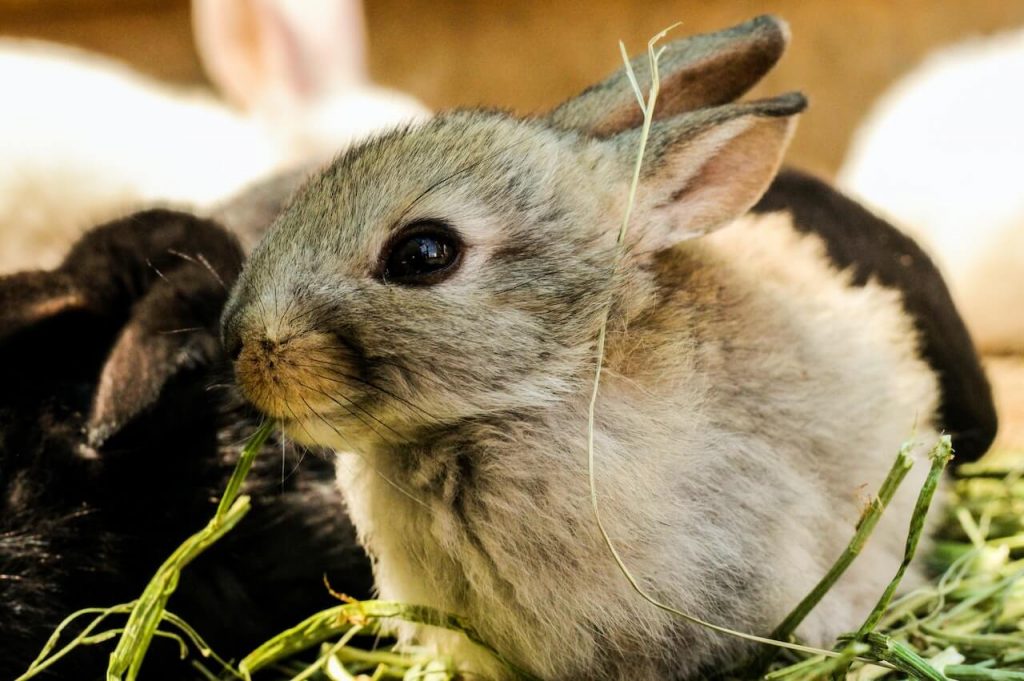
Choosing Appropriate Bedding: Comfort and Hygiene for Your Rabbit
Bedding plays a vital role in the comfort and hygiene of your rabbit’s cage. Selecting the right bedding material ensures that your rabbit has a soft and clean surface to rest on. Paper-based bedding is a popular option as it is safe, absorbent, and easy to clean. Avoid using bedding materials that can cause respiratory problems, such as dusty or aromatic options. Regularly monitor the bedding and replace it as needed to maintain a fresh and odor-free environment for your rabbit.
Food and Water Dishes: Promoting Easy Access and Cleanliness
When designing the perfect cage for your rabbit, consider the placement and accessibility of their food and water dishes. Opt for sturdy, chew-proof bowls that are easy to clean and refill. Place the dishes in an area of the cage where your rabbit can easily reach them without tipping them over. Elevated dish holders can help prevent messes and keep the food and water clean.
Toys and Chews: Stimulating Your Rabbit’s Natural Instincts
To keep your rabbit mentally stimulated and entertained, include a variety of toys and chews in their cage. Rabbits have a natural instinct to chew, which helps keep their teeth healthy and prevents boredom. Offer safe and durable chew toys made of untreated wood, natural fibers, or hard plastic. Puzzle feeders and treat-dispensing toys provide mental stimulation and encourage natural foraging behaviors. Rotate the toys regularly to keep your rabbit engaged and interested.
Bunny-Proofing the Cage: Ensuring Safety and Security
Identifying Potential Hazards: Removing or Securing Dangerous Items
Before introducing your rabbit to their new cage, take the time to thoroughly bunny-proof the area. Remove any hazardous items that could harm your rabbit, such as toxic plants, sharp objects, or small items that could be swallowed. Secure loose wires and cables to prevent chewing. Inspect the cage for any protruding or sharp edges and ensure they are covered or removed. By creating a safe environment, you can prevent accidents and injuries.
Managing Electrical Cords: Protecting Your Rabbit from Chew Hazards
Rabbits have a natural inclination to chew, and electrical cords can be tempting targets. Safeguard your rabbit by concealing or blocking access to electrical cords. Use cord protectors or tubing to cover exposed cords, or consider rerouting cords to prevent your rabbit from reaching them. By eliminating the risk of electric shocks or injuries, you provide a safer living space for your rabbit.
Creating a Safe Play Area: Expanding Beyond the Cage
While the cage is your rabbit’s primary living space, it’s essential to provide them with supervised playtime outside the cage. Set up a designated play area that is safe and free from hazards. Rabbit-proof the area by removing any toxic plants, small objects, or dangerous items. Cover electrical outlets or block access to them. Offer plenty of toys and interactive play options to keep your rabbit entertained and engaged. Remember to supervise your rabbit during playtime to ensure their safety.
Maintaining a Clean and Healthy Environment
Establishing a Cleaning Routine: Keeping the Cage Fresh and Odor-Free
Maintaining a clean environment is crucial for your rabbit’s health and well-being. Establish a regular cleaning routine to remove soiled bedding, uneaten food, and any waste from the cage. Spot-clean the cage daily to maintain cleanliness and hygiene. Perform a full cage cleaning at least once a week, disinfecting the cage and replacing the bedding entirely. Keeping the cage fresh and odor-free contributes to your rabbit’s comfort and reduces the risk of illnesses.
Monitoring Ventilation: Promoting Proper Airflow and Reducing Ammonia Levels
Proper ventilation is essential for maintaining good air quality in your rabbit’s cage. Ensure that the cage has adequate airflow to prevent the buildup of ammonia from urine. Avoid placing the cage in areas with excessive humidity or poor air circulation. Regularly check the ventilation openings and clean them if they become blocked. Proper ventilation contributes to a healthy and comfortable living environment for your rabbit.
Regular Inspections: Ensuring a Safe and Comfortable Living Space
Perform regular inspections of the cage to ensure that it remains safe and comfortable for your rabbit. Check for any signs of wear and tear, such as loose wires, broken ramps, or damaged hideouts. Replace any damaged components promptly to prevent accidents or injuries. Monitor the overall condition of the cage and make necessary adjustments to meet your rabbit’s evolving needs. By regularly inspecting the cage, you can address any potential issues and maintain a secure and enjoyable habitat for your rabbit.
Providing Time Outside the Cage: Encouraging Exercise and Interaction
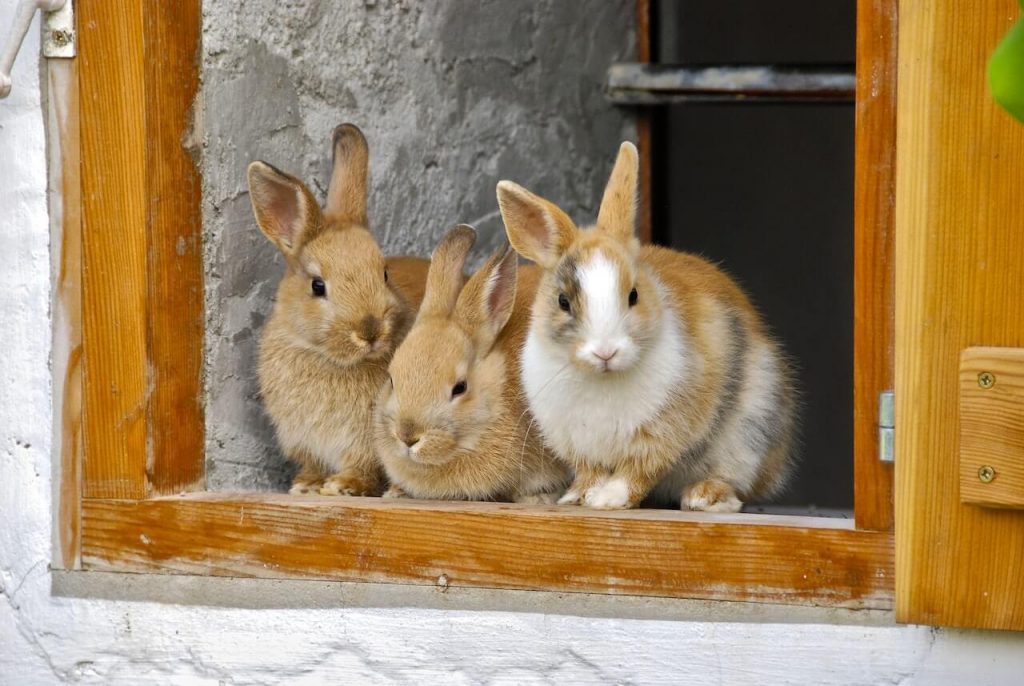
The Benefits of Supervised Playtime: Allowing Freedom and Exploration
While the cage provides a cozy retreat for your rabbit, it’s important to give them opportunities for exercise and exploration outside of it. Set aside dedicated playtime for your rabbit in a safe and supervised area. Allow them to roam freely, hop, and explore their surroundings. Supervised playtime not only provides physical exercise but also stimulates their natural instincts and fosters a strong bond between you and your rabbit.
Rabbit-Proofing the Surrounding Area: Minimizing Dangers in the Play Area
Before allowing your rabbit to play outside the cage, make sure the area is rabbit-proofed. Remove any toxic plants, fragile items, or sharp objects. Cover or block access to electrical outlets and cords. Ensure that windows and doors are securely closed to prevent escapes. By creating a rabbit-friendly environment, you can minimize potential dangers and create a secure space for your rabbit to enjoy.
Bonding with Your Rabbit: Strengthening the Human-Animal Connection
Playtime outside the cage provides an opportunity for bonding with your rabbit. Engage in interactive play, offer treats, and gentle strokes. Use this time to build trust and strengthen the human-animal connection. Your rabbit will associate playtime with positive experiences, further enhancing their overall well-being and happiness.
Conclusion
Designing the perfect cage for your rabbit is a labor of love that combines functionality, comfort, and safety. By understanding your rabbit’s needs and preferences, you can create an environment where they feel secure, happy, and stimulated. The perfect cage provides ample space for movement, cozy resting areas, engaging accessories, and a clean and healthy atmosphere.
Remember, each rabbit is unique, and it’s important to observe their behaviors and adjust their living space accordingly. Regular maintenance, proper hygiene, and supervised playtime outside the cage are essential for your rabbit’s well-being. By investing time and effort into designing the perfect cage, you are providing your furry companion with a cozy retreat they can truly call home.
We have explored the various elements involved in creating an ideal habitat for your furry friend. With careful consideration and attention to detail, you can ensure that your rabbit’s cage becomes a haven of comfort, security, and happiness.
So, embark on this exciting journey and create a cozy retreat that your rabbit will appreciate and thrive in. Your efforts will be rewarded with a happy and contented rabbit companion who brings joy and warmth to your home.

